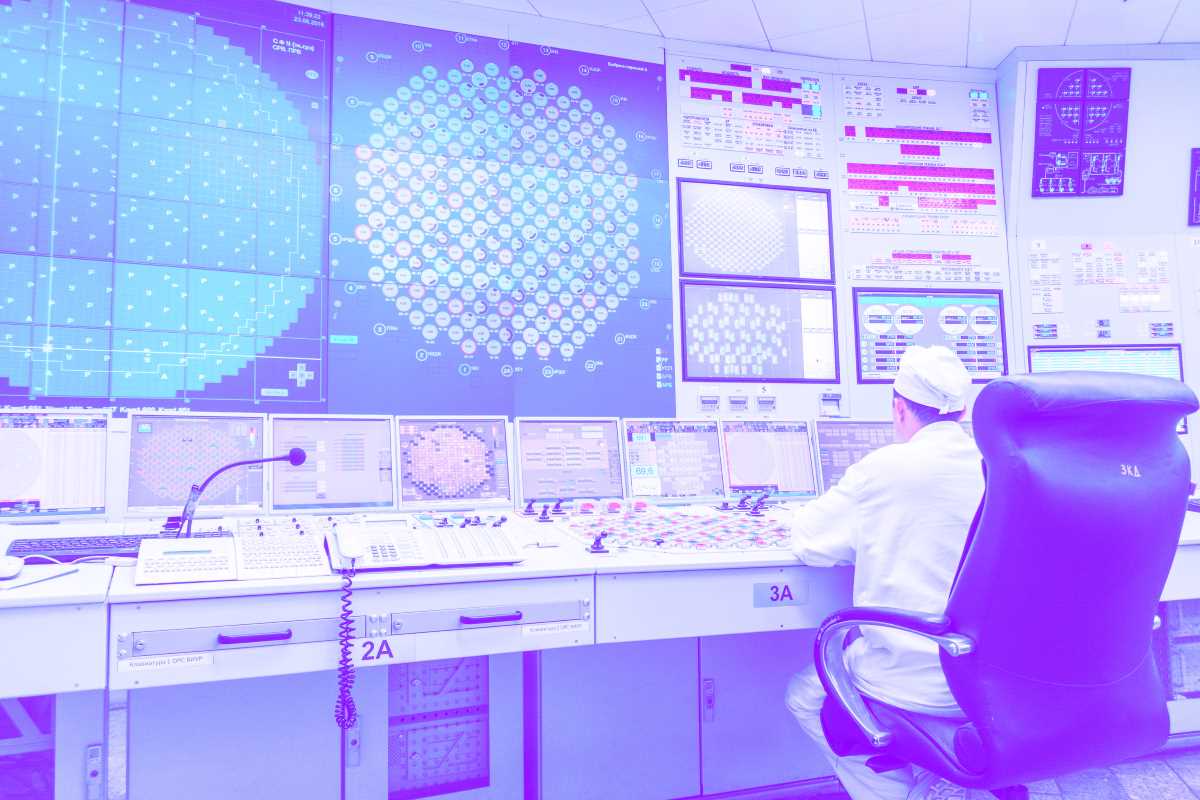Human factors engineering (HFE) refers to the application of techniques, methods and knowledge related to human capacities and limitations in the development of installations, structures, systems, equipment and interfaces. Its objective is to ensure that their design is compatible with the characteristics of the personnel that operate, supervise and maintain them.
In the development of new control rooms of complex installations, these HFE techniques are applied, as recommended in international guides and standards (such as the NUREG and the IEC).
What is the integrated human factors tool?
The integrated tool permits the application of the HFE methodology through a sequence of systematic and interrelated work blocks, listed below:
Functional Requirements Analysis
(FRA): defines the plant functions at distinct hierarchical levels based on the number of components and/or systems involved, establishing their interrelations so as to comply with the fundamental objectives of the installation.
Assignment of Functions
(FA, Function Allocation): determines which agent (operator and/or automatic system) is responsible for executing the previously defined functions, in order to prevent operating errors, and to maximize plant efficiency and reliability.
Task analysis
(TA, Task Analysis): breaks down the work of the plant operators into individual team actions, allowing for the knowledge of one’s work load and facilitating the development of operating procedures and training programs, as well as obtaining an inventory of controls, indications and alarms for Human-Machine Interface (HMI).
Following these activities, as a final objective of the human factors activities, the Human-System Interface Design was created, establishing recommendations and good practices for the HMI development.
Finally, operating procedures (Procedure Development) and associated training programs (Training Program Development) can be developed integrating all the previous inputs.
What benefits are provided by the integrated tool?
Though this tool is used by Tecnatom in several projects under its own criteria, it may be configured by the user, integrating third party’s methodologies, as well as being used in other installation types.
The tool permits the application of systematic, uniform and profitable HFE techniques, despite its abstract nature.
Additionally, it has a sequential and shared approach, since it permits various engineers to execute activities in parallel, introducing the interrelations between systems in the analysis in order to comply with the plant functions safely and efficiently.
Tecnatom has used and evolved its HFE integrated tool by applying it in the development of new control rooms belonging to Nuclear Power Plants (NPPs) based on PWR and BWR technologies worldwide.






